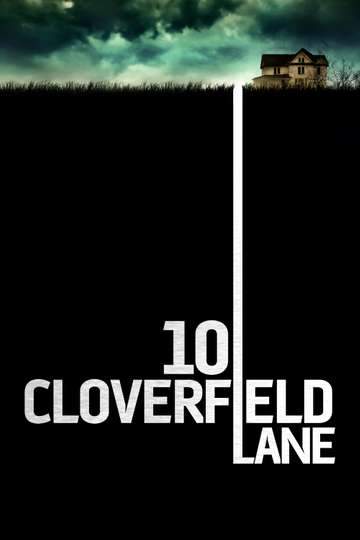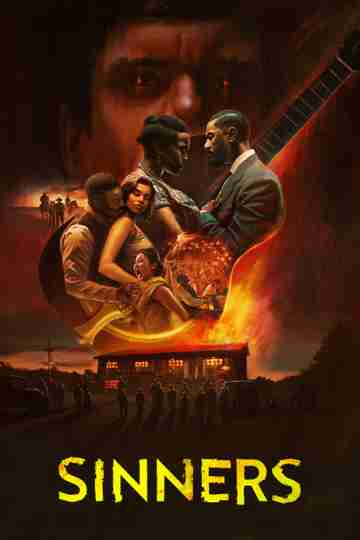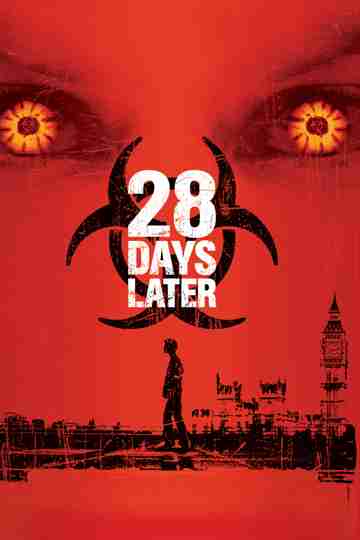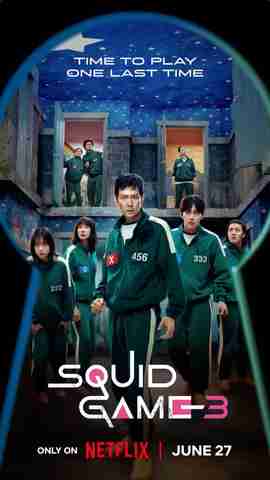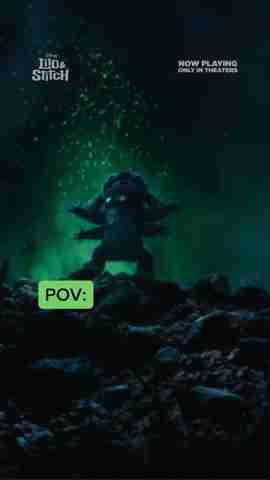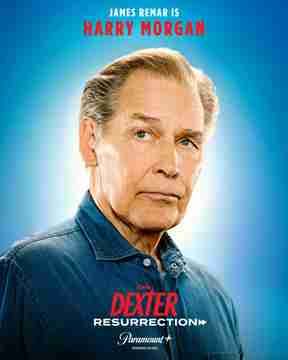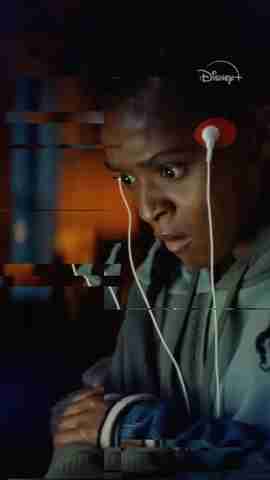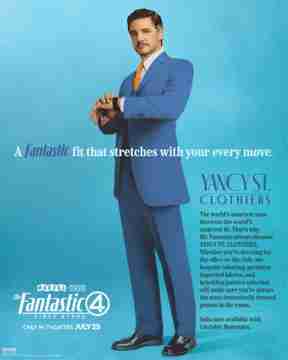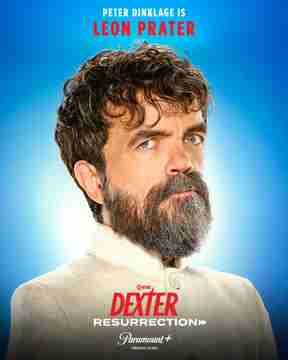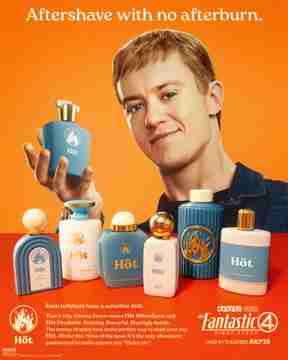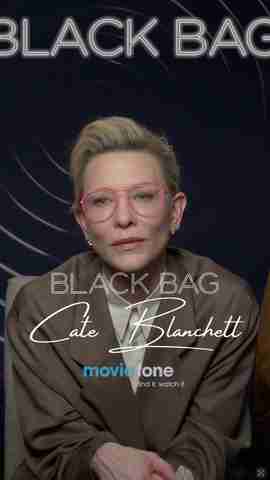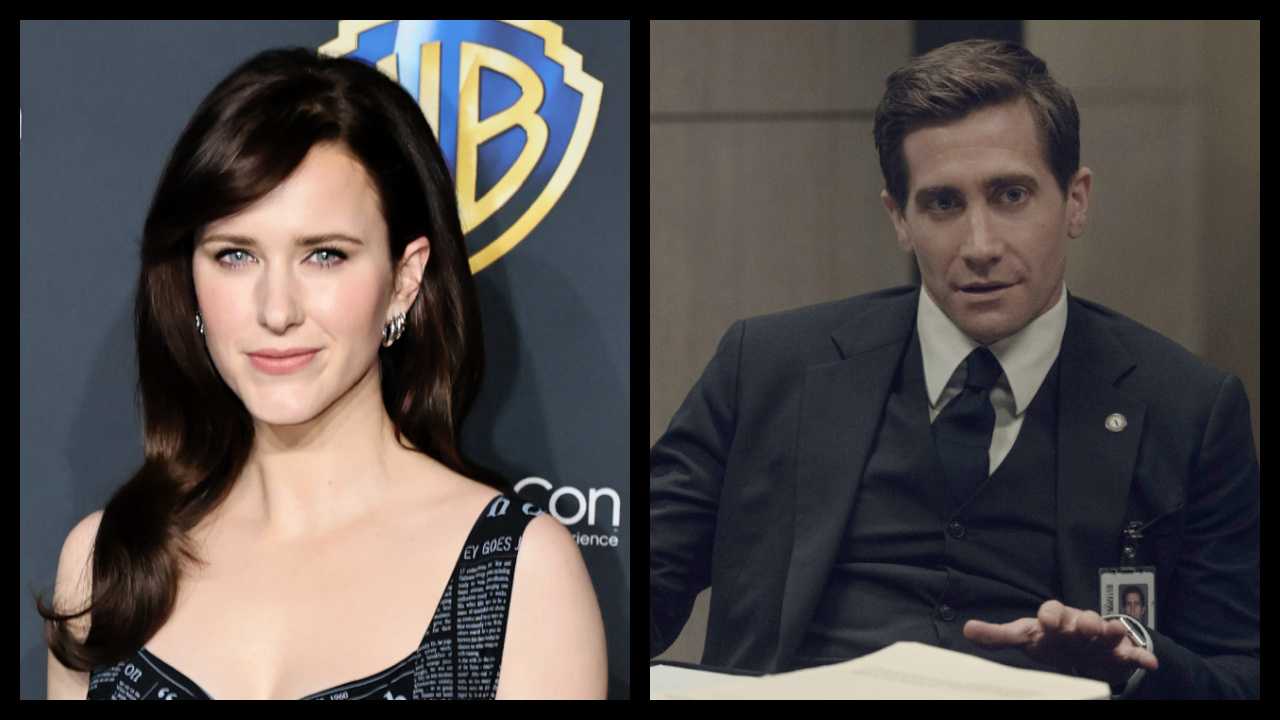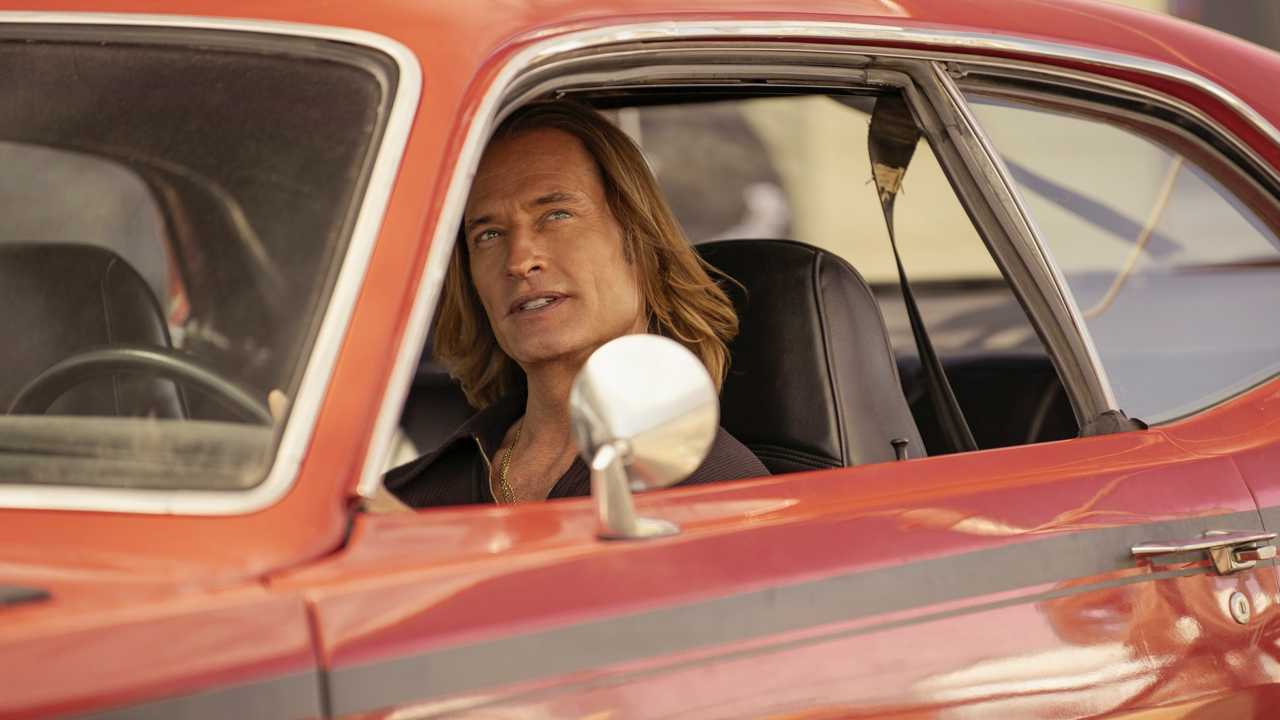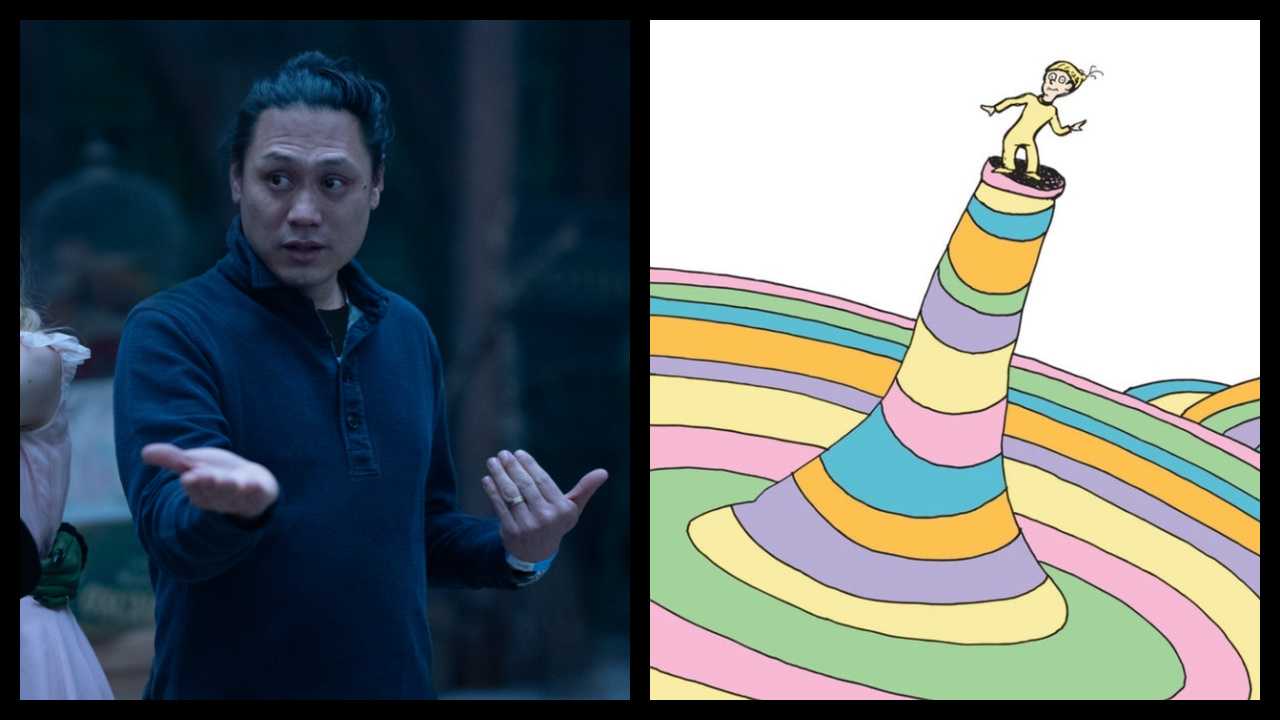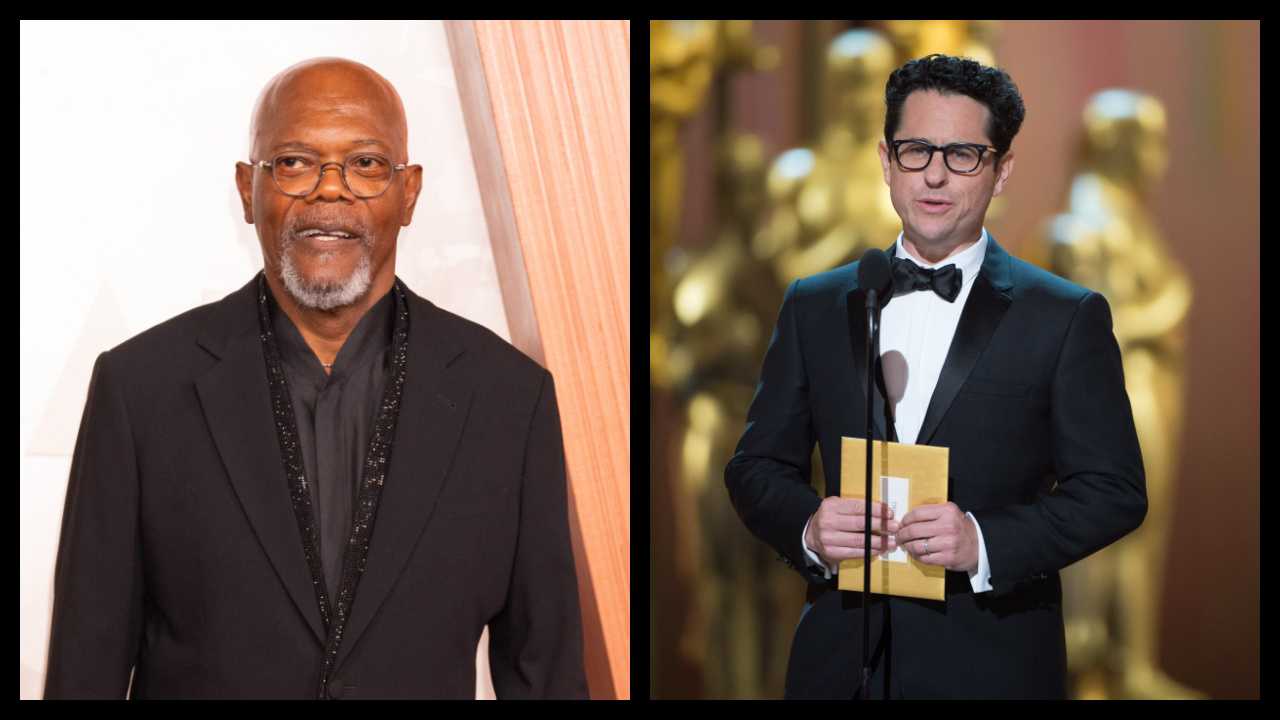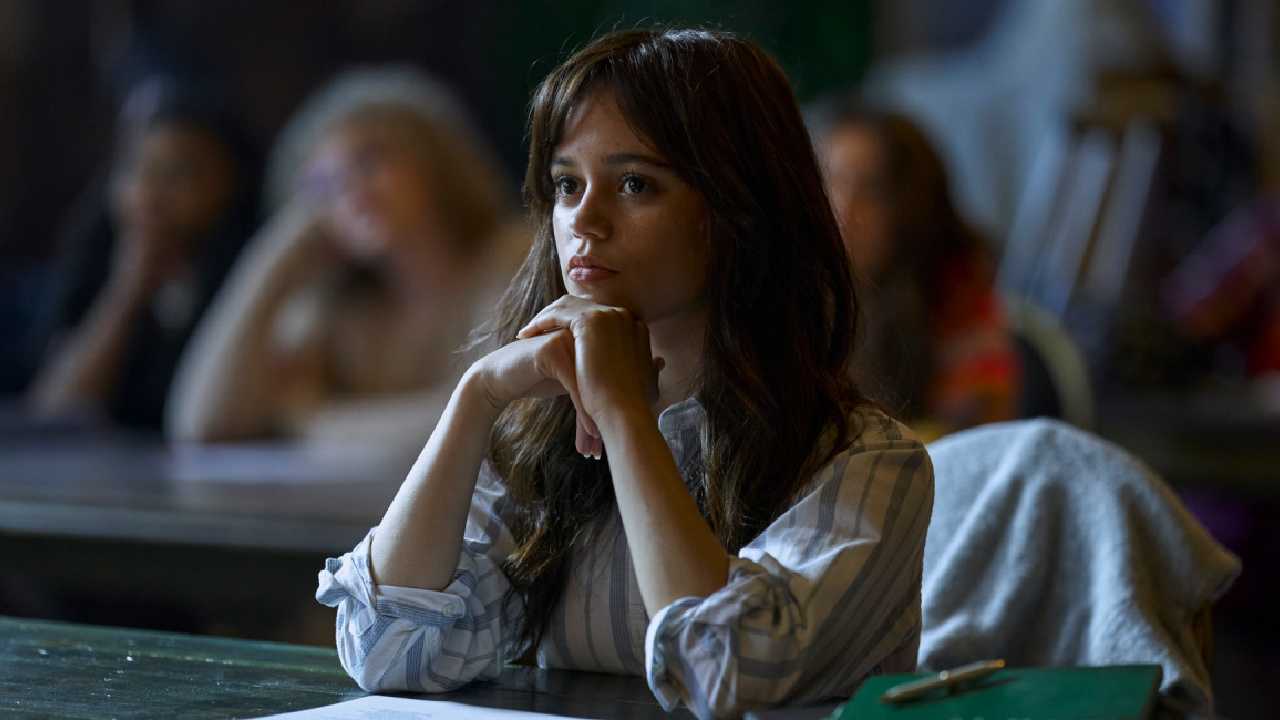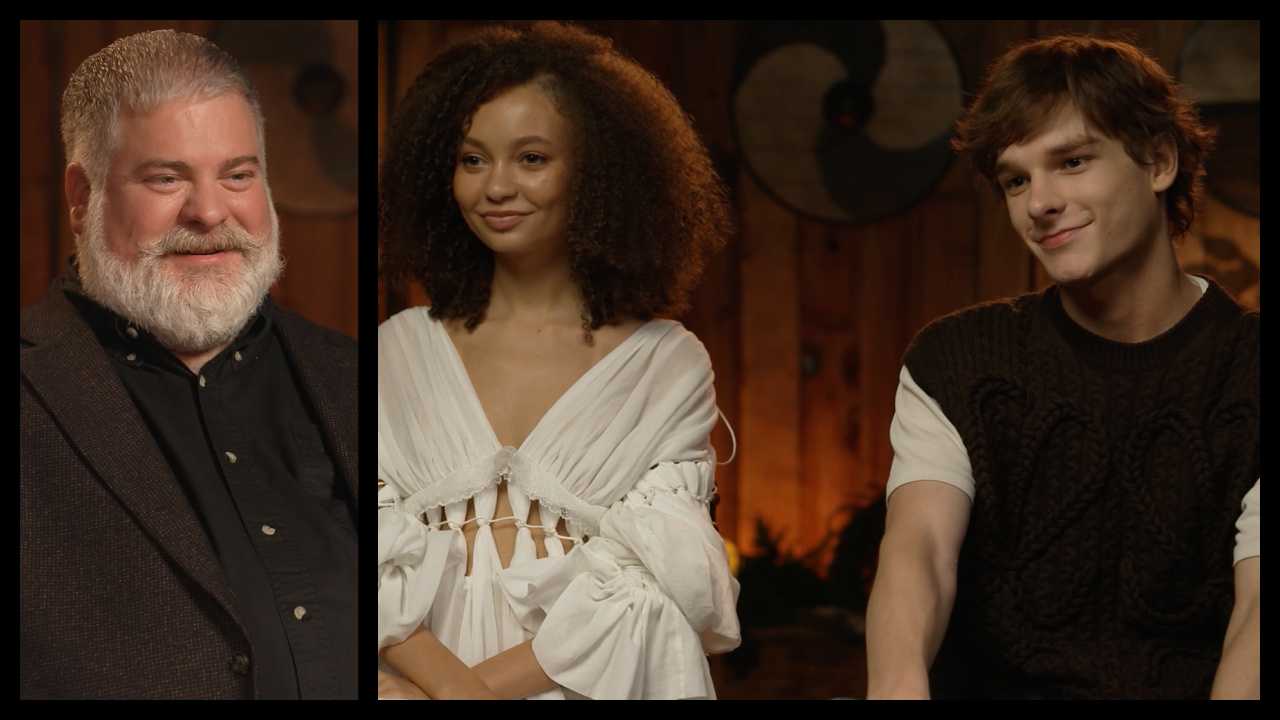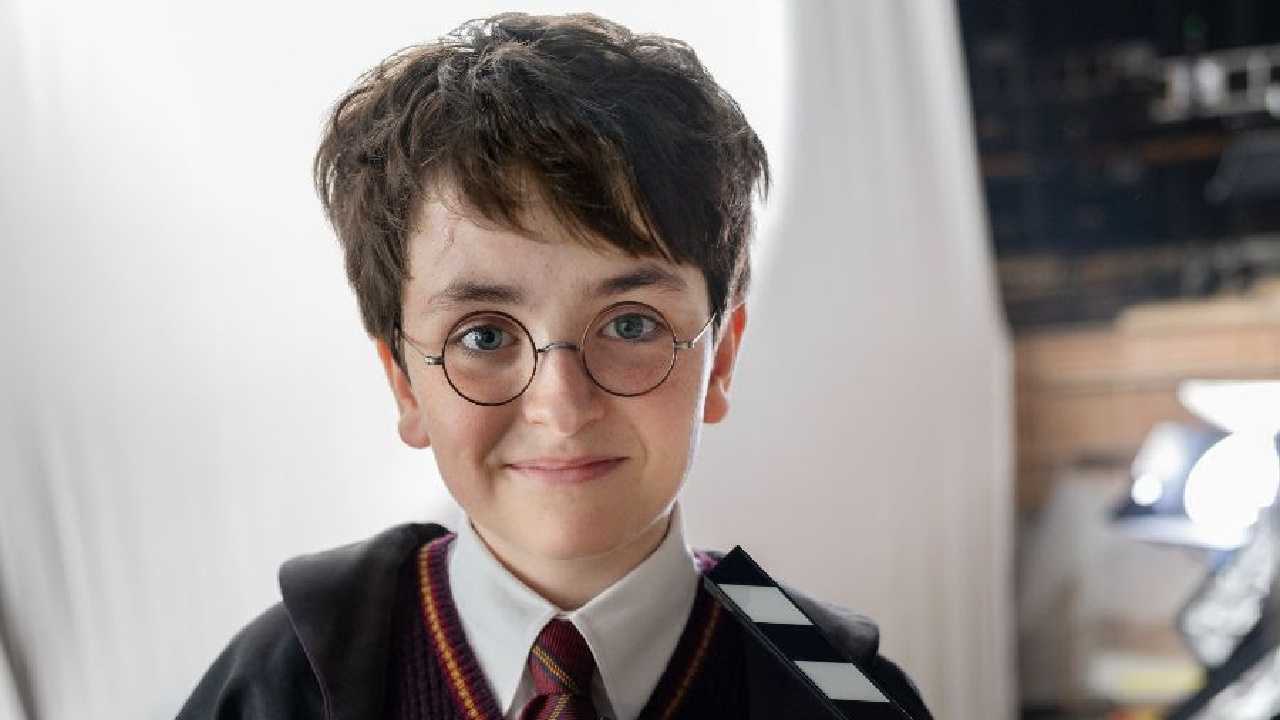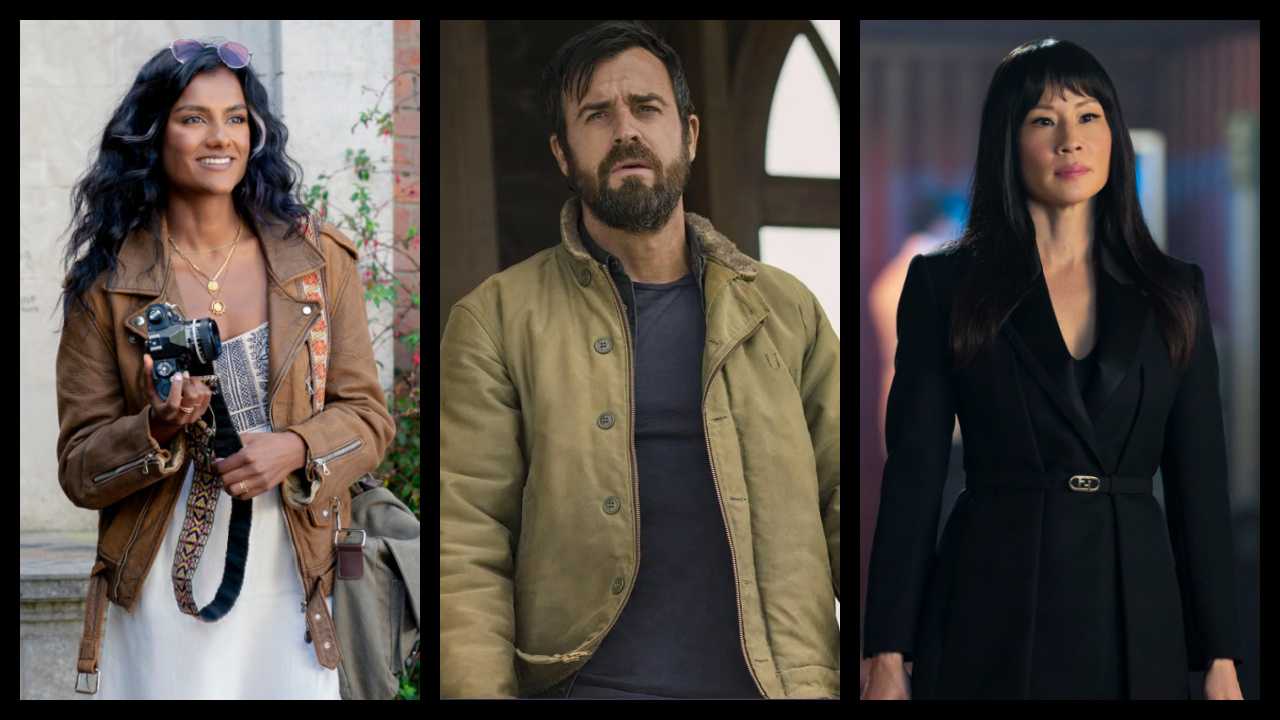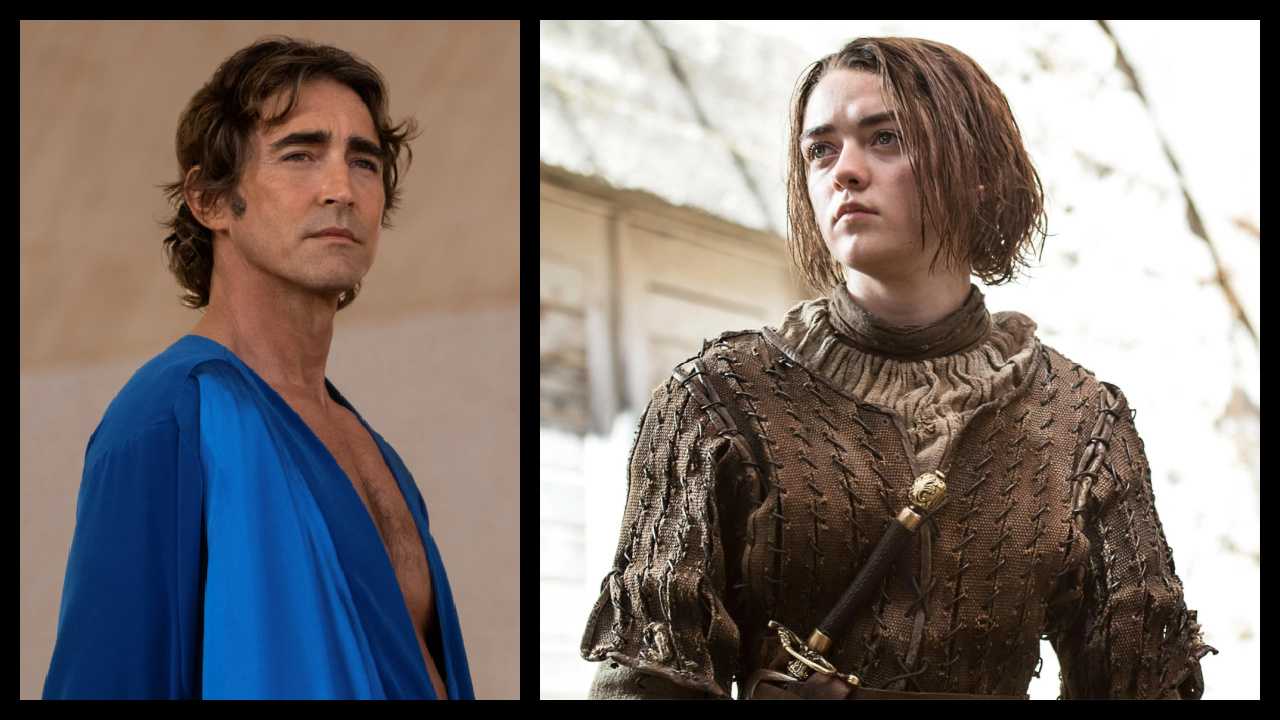6 Reasons '10 Cloverfield Lane' Took the Box Office by Surprise
Two months ago, no one had heard of "10 Cloverfield Lane." Today, it's a smash hit.
The low-budget thriller, made by a first-time director and featuring no big box office draws, opened with an estimated $25.2 million. It beat three other new wide releases, none of which even managed to open in the top five. The only movie that could beat it was Disney's unstoppable cartoon "Zootopia," which lost a third of last weekend's business and still earned an estimated $50.0 million in its second weekend.
How did the "Cloverfield Lane" filmmakers and distributor Paramount pull off such a feat? Here are six ways the film became a stealth hit.
1. J.J. Abrams
By now, the "Star Wars: The Force Awakens" director is a one-man brand, even if, as in this case, he merely produced the film and didn't write or direct it. Fans know him for quality genre material, especially sci-fi action thrillers. And they also know he has a reputation for secrecy, having managed to keep major plot twists under wraps for mega-franchises like "Star Wars" and "Star Trek." That's become part of the fun in his movies and TV shows -- and, now, for anything under the "Cloverfield" brand.
2. The "Cloverfield" Connection
The 2008 found-footage monster movie helped make Abrams' reputation as a master of viral marketing, able to sneak up an audience with a movie thanks to his Mystery Box. When it was first advertised, no one knew what the movie was about, who was in it, or even what it was called -- until shortly before it appeared in theaters. The first trailer ended with a mic-drop of a last scene -- the Statue of Liberty's head rolling to a stop on a NYC street -- and a release date. That's it.
Abrams and Paramount used similar tactics this time, producing the movie under the fake, nondescript title "Valencia," casting it with actors who wouldn't draw much attention (in this case, Mary Elizabeth Winstead, John Goodman, and John Gallagher Jr.), hiring a first-time feature director (Dan Trachtenberg), and hiding the movie from the world until just two months before its release.
Team Abrams has been referring to this film not as a direct follow-up but as a "spiritual sequel" or "blood relative" to "Cloverfield," with the goal being to establish both films in a "Cloververse" -- a franchise comprised of "Twilight Zone"-like anthology entries that may connect later. Still, the title helps establish "Cloverfield" as a brand, even a franchise, no matter how loosely the movies are related. That drums up audience interest in a certain kind of movie, where the low-budget, low star-wattage cast and viral marketing all become part of what viewers have come to expect from the "Cloverfield" experience.
Analysts, too, didn't expect much. Even Paramount predicted the movie would premiere in the low teens. Of course, such low expectations worked to the film's advantage. Had it opened poorly, it wouldn't have been a disappointment, but at $25.2 million, it's a pleasantly-surprising overachiever. At any rate, Paramount is certain to recoup the film's budget and probably even make a tidy profit, so the movie is a hit on its own terms, even if it struggles to reach the $80 million gross ultimately earned by director Matt Reeves' first film.
3. It Knew Its Audience
Abrams' movies are often a throwback to the kinds of films the 49-year-old enjoyed as a kid, whether it's the Spielbergian "Super 8" or the rebooted "Star Wars." With its bomb bunker setting, "10 Cloverfield Lane" taps into Cold War paranoia that informed apocalyptic thrillers (and daily life in America) up through the 1980s but that few younger viewers have experienced. No wonder the movie drew an audience that was 68 percent over the age of 25. It helped that the film got strong reviews (91 percent fresh at Rotten Tomatoes), since that's the demographic that still responds to film critics.
4. Guy Appeal
It's worth noting that the movie's predominantly male audience had no problem identifying with a strong, heroic female lead, played by Winstead. That's not a new idea to Abrams, whose multi-layered, hard-charging heroines range from Sydney Bristow in "Alias" to Rey in "The Force Awakens." But it's still enough of a novelty in Hollywood that it would be nice if this were the one element of the Abrams formula that the rest of the industry could mimic.
5. Timing
"10 Cloverfield Lane" was fortunate in its choice of competitors. Sure, it wasn't going to pose any threat to "Zootopia," but it wasn't really going after the same family audience anyway. And new releases "The Perfect Match," "The Young Messiah," and "The Brothers Grimsby" failed to garner the critical praise or audience interest that Bad Robot's newest release did, so no threat there. Adding up all three films' opening weekends doesn't come close to half of what "Cloverfield Lane" earned.
6. Execution
None of this would matter if viewers didn't think the movie delivered. Inevitably, some were disappointed with the twists and potentially mislead by the marketing campaign's "Cloverfield" tie-in, hence the B- CinemaScore. Audiences tend to give lower grades when they find something other than what was promised, or they expected. But again, expectations were low, so most critics and many ticketbuyers were pleasantly surprised.
"10 Cloverfield Lane" cleared that low bar, both for fans and for Paramount's accountants. Which means we probably won't have to wait another eight years for another stealth "Cloverfield" attack.
